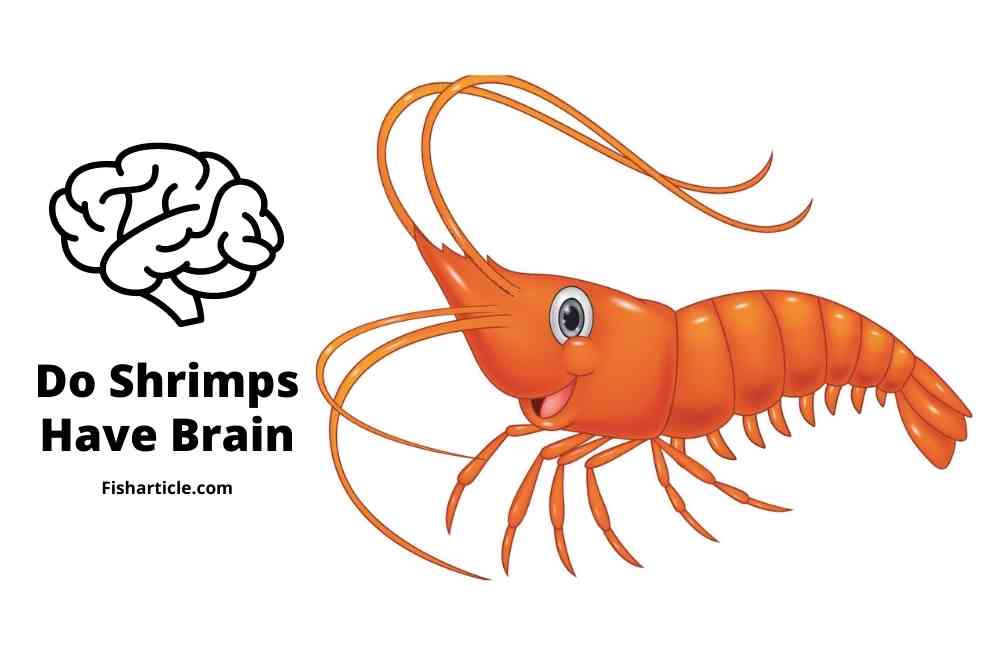Shrimps, like other crustaceans, have a centralized brain. This is the largest and most complex part of the shrimp’s nervous system.
The brain is located in the head and is protected by a hard exoskeleton. The shrimp’s nervous system controls all its major body functions, including locomotion, feeding, communication, and defense.

Do Shrimps Have Brain?
In all vertebrate animals, as well as the majority of invertebrate ones, the brain functions as the hub of the nervous system.
It is made up of billions of nerve cells that can send a sequence of pulsed signals throughout the body thanks to synapses connecting them to other cells. Its job is to exert control over the body’s organs.
A shrimp’s brain is where the majority of nerve signals travel before being processed. Although shrimp have brains, those brains aren’t extremely large.
Unexpectedly, the shrimp nervous system comprises a central nervous system as a subdivision, much like the human nervous system, where the majority of the information obtained is processed.
The shrimp brain serves as the primary processing organ in the central nervous system, just like in humans.
The brain of a shrimp is substantially smaller and consists of just a few ganglia or clusters of nerve cells. It is located on the shrimp’s dorsal, or back, side of the head. The nerve cord is another important part of the central nervous system.
The unenclosed nerve cord in shrimp is divided into two protracted sections that emerge from the brain along the ventral, or belly, side of the body.
The nerve cord appears ladder-like because of ganglia and nerve fibers that traverse these two sections.
There is still much to learn about the cognitive abilities of these small creatures, but it seems likely that their brains are quite specialized for their particular lifestyle and environment.
